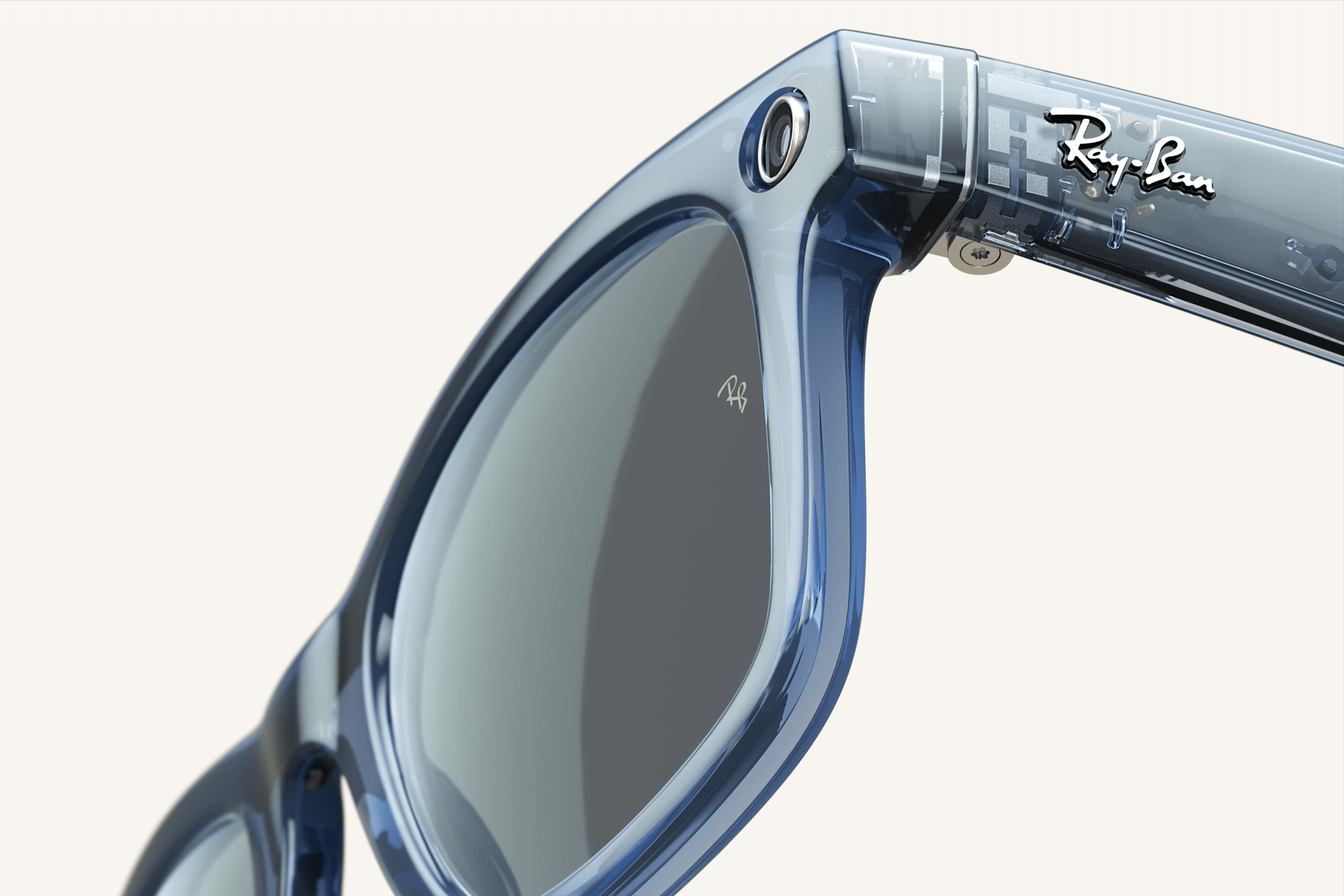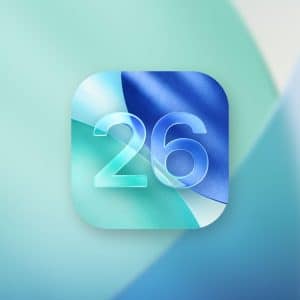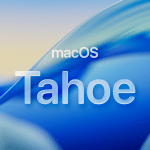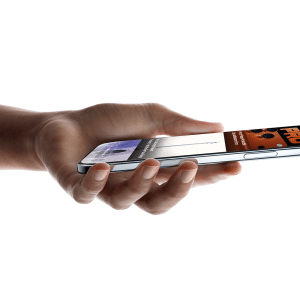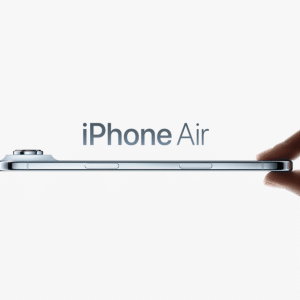Apple’s strength lies in its tightly knit ecosystem, and the rumored smart glasses are expected to capitalize on this. Unlike Meta’s Ray-Bans, which rely on the Meta AI app and cross-platform compatibility, Apple’s glasses will likely integrate deeply with the iPhone, Apple Watch, and AirPods. Bloomberg suggests the glasses will use a custom chip, similar to the power-efficient S-Series used in Apple Watches, ensuring smooth performance with Apple’s proprietary visionOS or a tailored version of iOS. This could enable features like real-time Siri interactions, Visual Intelligence for environmental analysis, and seamless handoff between devices—say, starting a navigation route on your iPhone and continuing it hands-free on the glasses.
For users already invested in Apple’s ecosystem, this integration could be a game-changer. Imagine receiving a Messages notification read aloud through the glasses’ speakers, responding via Siri, or capturing a photo with a voice command, all without touching your iPhone. Meta’s Ray-Bans offer similar features, like voice-activated photo capture, but lack the deep OS-level connectivity Apple can provide. As one industry observer noted, “If Apple can bring its design prowess, offer AirPods-level audio quality and tightly integrate the glasses with the iPhone, I think the company would have a smash hit.”
Superior Design and Build Quality
Apple is renowned for its premium hardware, and the smart glasses are expected to follow suit. Bloomberg reports that Apple’s glasses will feature cameras, microphones, and speakers, much like Meta’s Ray-Bans, but with a focus on superior craftsmanship. A source familiar with the project told Bloomberg the glasses will be “similar to the Meta product but better made,” suggesting Apple aims to deliver a sleeker, more durable design. Meta’s Ray-Bans, while stylish, resemble traditional sunglasses and weigh slightly more than standard frames due to their tech components. Apple could refine this, offering a lightweight build that feels indistinguishable from regular glasses, a goal the company initially pursued before pivoting to this AI-driven approach.
Apple’s design edge could also address privacy concerns. zMeta’s Ray-Bans have faced scrutiny over their always-on cameras, especially in sensitive settings like public restrooms. Apple, known for prioritizing user privacy, may incorporate features like visible recording indicators or on-device processing to minimize data sharing, as hinted in Bloomberg’s coverage. This could make Apple’s glasses more socially acceptable, especially in privacy-conscious markets.
Advanced AI Capabilities
The AI race is heating up, and Apple’s smart glasses could leapfrog Meta’s offering by leveraging Apple Intelligence. Meta’s Ray-Bans use Meta AI for tasks like live translation, music playback, and environmental queries, but Apple’s glasses could tap into a more robust AI framework. According to Bloomberg, the glasses will support features like turn-by-turn navigation, voice-controlled calls, and Visual Intelligence, akin to the iPhone’s ability to analyze surroundings. Apple’s ongoing development of proprietary large language models, as noted in recent reports, could enable more accurate and context-aware responses compared to Meta’s Llama-based system.
For example, Apple’s glasses might excel at recognizing objects or landmarks with greater precision, thanks to the company’s investment in high-performance chips and AI infrastructure. While Meta’s glasses rely on external AI platforms like Llama, Apple’s in-house approach could reduce latency and enhance reliability. As 9to5Mac points out, Apple’s glasses could offer a “more polished user experience” by combining Siri’s evolution with Visual Intelligence, potentially surpassing Meta’s AI in everyday utility.
Challenges and Opportunities
Apple faces hurdles in matching Meta’s head start. Meta’s Ray-Bans, already a market hit with tripled sales in the past year according to Meta’s 2025 earnings report, benefit from a mature feature set and a lower price point of around $299. Apple’s glasses, expected to be pricier due to premium materials and proprietary tech, may struggle to compete on cost. Additionally, Apple’s AI capabilities, particularly Siri, have lagged behind competitors like Google’s Gemini, as noted in industry critiques. For the glasses to succeed, Apple must deliver a Siri that rivals or exceeds Meta AI’s responsiveness, a tall order given Siri’s current limitations.
Yet, Apple’s track record suggests it can refine existing tech to dominate markets. The company’s Vision Products Group, which developed the Vision Pro, is spearheading the glasses project, with prototype production ramping up by late 2025. This indicates a focused effort to deliver a polished product. Apple’s decision to shelve a camera-equipped Apple Watch, as reported by Bloomberg, further underscores its commitment to prioritizing the glasses as a key AI-driven wearable.
Why It Matters
Apple’s entry into the smart glasses market signals a broader push into AI-enhanced wearables, a category poised to reshape personal computing. For tech users, these glasses could mean hands-free access to navigation, communication, and real-time information, seamlessly woven into daily life. Unlike the niche Vision Pro, priced at $3,500, the glasses aim for mass-market appeal, potentially bridging the gap to true augmented reality (AR) glasses—a long-term goal for Apple CEO Tim Cook, who, according to Bloomberg, sees AR as a top priority.
For casual readers and enthusiasts, Apple’s glasses promise practical benefits: capturing spontaneous moments, navigating unfamiliar cities, or translating foreign signs without pulling out a phone. By focusing on user-centric features and leveraging its ecosystem, Apple could make smart glasses a must-have accessory, much like AirPods redefined wireless audio.
Looking Ahead
While Meta’s Ray-Bans have set a strong precedent, Apple’s rumored smart glasses could redefine the category by 2026. With superior integration, refined design, and enhanced AI, Apple has a chance to outshine its rival—if it can overcome pricing and AI challenges. As the smart glasses race heats up, users stand to gain from a new era of wearable tech that blends style, function, and intelligence.


